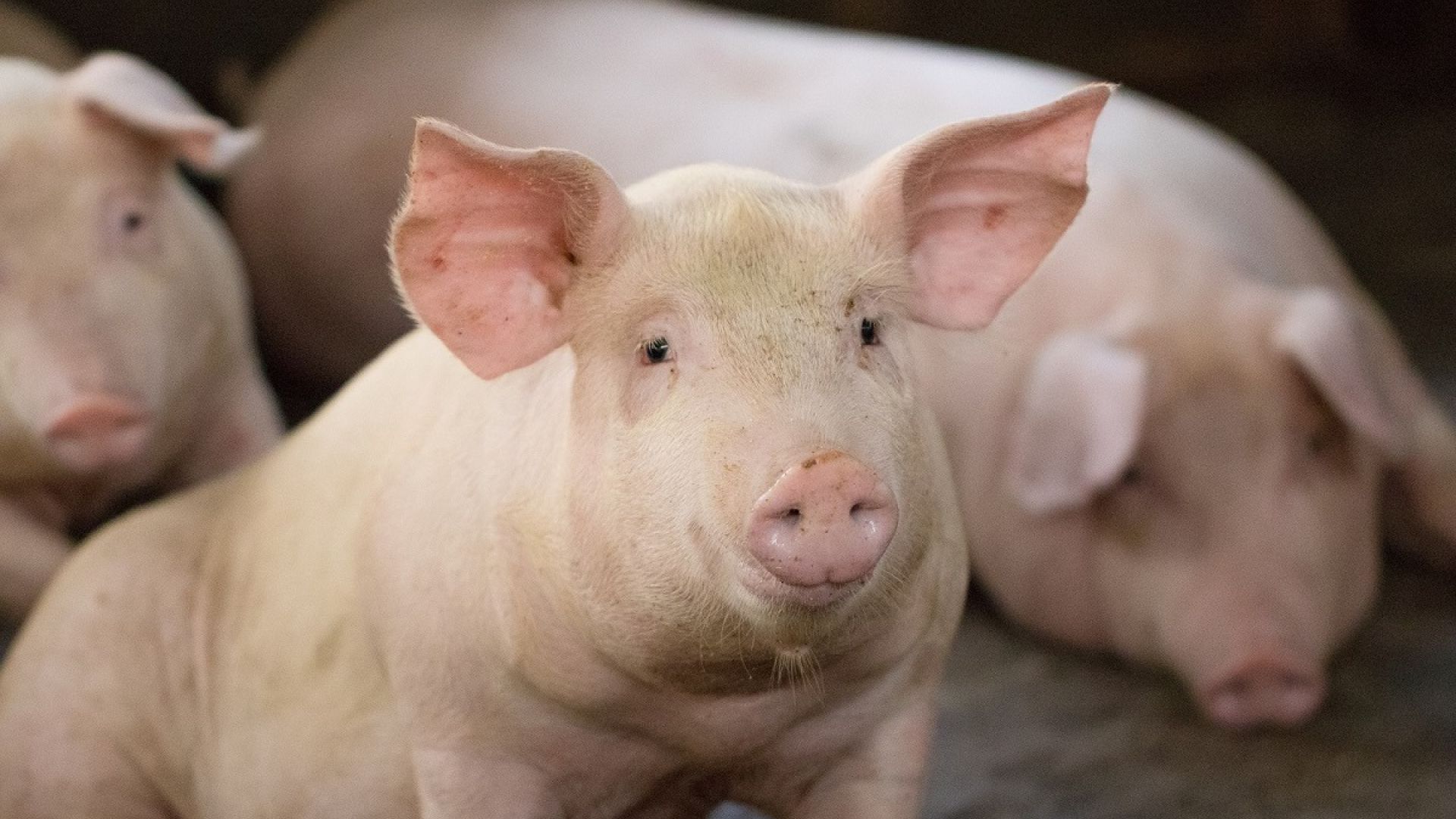Epidemiological model helps prevent the spread of Aujeszky’s disease in pigs

Infectious diseases are among the factors that most limit the efficiency of livestock production, since its appearance entails losses associated with increased mortality, a decrease in the feed transformation index, increased veterinary costs and the loss of value of infected carcasses.
A good example of this can be found in the pork sector, which currently provides the most widely consumed red meat worldwide, and in the health and economic risk that the Aujeszky’s disease, one of the most important swine virus diseases. In Spain, Aujeszky’s disease has been eradicated in domestic pigs, but it is present in wild boar, which carries a significant risk of reinfection of the domestic swine herd. The direct economic losses associated with an outbreak of Aujeszky’s disease for a pig farm free of the disease could be between €350 and €800 per adult female per year.
A new epidemiological model, developed by researchers from the University of Lleida and the Instituto de Investigación en Recursos Cinegéticos (IREC), has revealed the effects of combining management practices and vaccination on the control of Aujeszky’s disease in a standard pig production system under different epidemiological scenarios. It is a computational model of population dynamics (known as the “PDP model” for its acronym in English: Population Dynamics P systems), a novel tool that is especially suitable for studying complex dynamic problems efficiently, since it allows to simultaneously consider a large number of interactions between different processes.
The model results indicate that, once a diagnosis of infection is confirmed on a farm, early vaccination of the majority of the population (we are talking about more than 75%) is critical to reduce the spread of the virus and minimize its impact on pig productivity. For their part, management practices seem to have an insignificant effect on virus control, which could be associated with its great ease of spread.